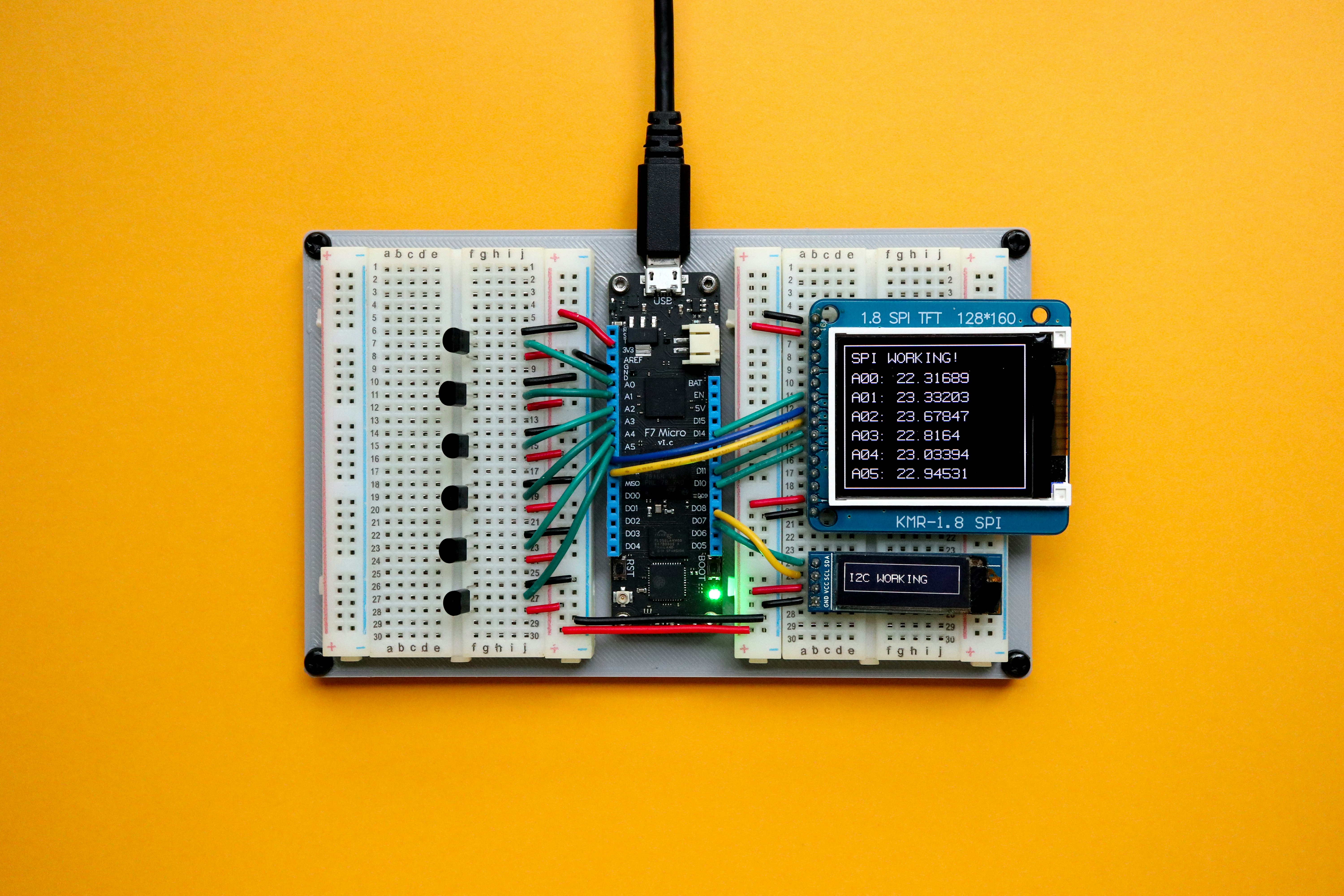Estimated reading time: 3 minutes, 1 second
Top Tips for a Smooth Transition for Microsoft XP Migration
With Microsoft ending support for Windows XP and Office 2003 on April 8, 2014, small businesses and consumers are upgrading to newer devices with updated technology. For people still using technology from more than a decade ago, Microsoft's new operating system and productivity software - Windows 8.1 and Office 365, respectively - will look and feel a little different. But knowing a few simple tips will make for an easy transition.
"Windows 8.1 and Office 365 have been designed for how we work today. These new technologies provide people with a consistent and personalized experience no matter which device they're using or where they're working, enabling them to collaborate with colleagues and get business done efficiently," said Thomas Hansen, vice president of Worldwide SMB, Microsoft Corp. "For small businesses, solutions like Windows 8.1 and Office 365 boost productivity from day one, allowing them to carry their office in their pocket."
To help new Windows 8.1 and Office 365 users get up and running, here is a list of tips and tricks:
Top Tips for Windows 8.1
Meet the Start screen: Start is where Windows 8 displays apps, contacts and more in an easy-to-navigate tile format, which can be organized by dragging and dropping the tiles into labeled groups. It's easy to navigate back to Start from anywhere in Windows by swiping inward from the right edge of the touchscreen and tapping Start - or by pressing the Windows key on the keyboard. Moving the mouse to the lower-left corner of the screen also brings up a direct shortcut to the Start screen.
Get to know the five charms:The five "charms"--Search, Share, Start, Devices and Settings--are shortcuts to frequently used actions such as searching the Web and the hard drive, printing documents and emailing photos and links. They're always available on the right side of the screen no matter where you are in Windows - just swipe inward from the right edge or move the mouse to one of the right-hand corners or press the Windows key + C.
The familiar desktop is still there: The desktop is where programs such as Word, Excel, Outlook and PowerPoint are accessed. Access the desktop from anywhere in Windows 8 by tapping or clicking the Desktop tile on the Start screen, or pressing the Windows key + D on the keyboard.
Go to the desktop at sign in:
1. Open Taskbar and Navigation properties by swiping in from the right edge
of the screen, tapping Search (or if using a mouse, pointing to the
upper-right corner of the screen, moving the mouse pointer down and then
clicking Search), entering Taskbar in the search box and then tapping or
clicking Taskbar and Navigation in the results.
2. Tap or click the Navigation tab, then tap or click the When I sign in or
close all apps on a screen, go to the desktop instead of Start check box.
Then tap or click OK.
Top Tips for Office 365
Explore Office 365 on the Web:All of the familiar Office apps that people already know and use - such as Word, Excel and PowerPoint - are accessible online through the Office Web Apps for no extra cost. Additionally, employees can access their email, calendars and contacts and use their team site to share and collaborate on documents from anywhere and on nearly any device.
Connect Office 365 to mobile devices:People can access Office 365 on any mobile device via Office Web Apps, but Windows Phone and iPhone users can download specific apps that make accessing your email and files even easier.
Latest from News
- 29% of Companies See Improved Accuracy with Accounts Payable Automation
- Discover the Secret to Small Business Success This Holiday Season!
- Discover the Top Tech for Working From Home in 2023/2024
- Is Your Business' Tech Stack Holding You Back? Here's How to Tell
- Big Tech Sponsors Biden Admin's Small Business Week
Most Read
-

-
Feb 08 2012
-
Written by SBN Editors
-
-

-
Sep 08 2011
-
Written by Editor
-
-

-
Jun 18 2013
-
Written by News
-
-

-
Nov 14 2012
-
Written by SBN Editors
-














